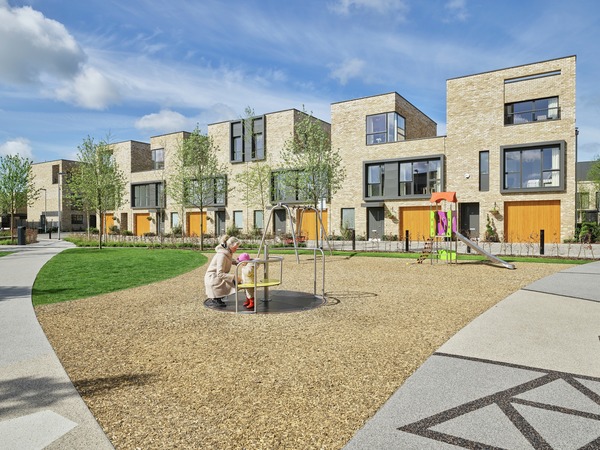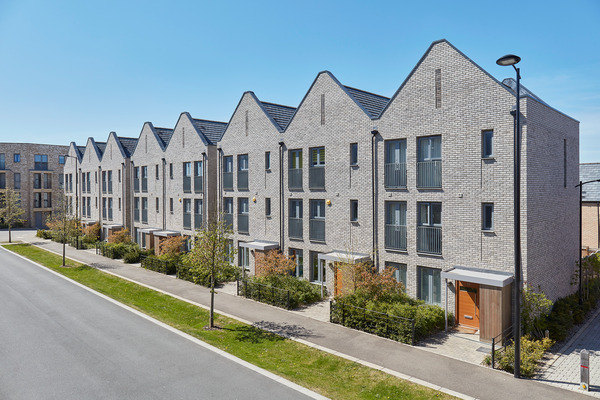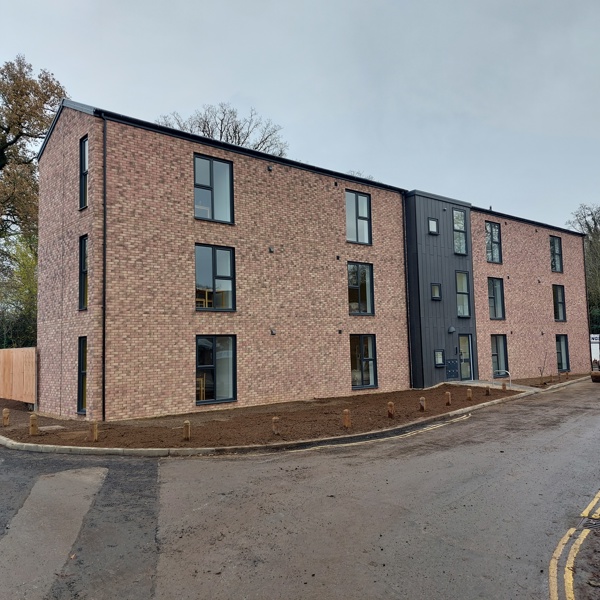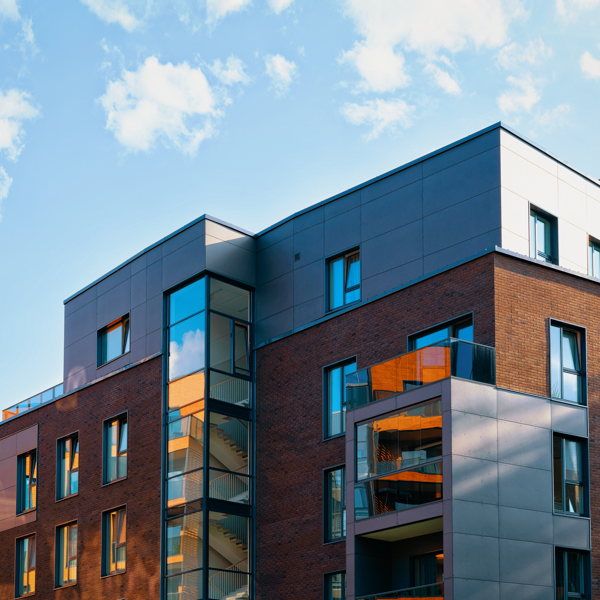King Charles’ legacy: We should harness his design philosophy for our wider benefit.
With Charles now King his ability to exert influence on the built environment is now substantially reduced, so what can we learn from his philosophy and who will champion his principles into the future?

Never before has a monarch been so interested in the built environment, with such strongly held views on traditional approaches in the design of buildings and urban environments. Over the years they have been dismissed as nostalgic, ignorant, and irrelevant by many, but through the passage of time and with fresh eyes post-pandemic, it is striking how mainstream much of it has now become. With his accession to the throne, King Charles’ capacity as monarch for expressing such views publicly will be severely restricted. So, what can we learn from his philosophy and who will champion his principles into the future?
As Prince of Wales, Charles was well known for his environmental activism and strong views on architecture, intervening in several major planning decisions including the former Chelsea Barracks. In 1984 he made headlines by expressing pointed views on modernism in a speech delivered for the 150th anniversary of the RIBA. The Prince’s Foundation was established to teach and demonstrate the principles of traditional urban design which put people, communities and nature at the centre of the design process. He is perhaps best known for being instrumental in the creation of the village of Poundbury on land owned by the Duchy of Cornwall, an experiment in New Urbanism.
In a 2014 article, he took the opportunity to explain why he believed traditional approaches to be so important in the design of urban environments – the reasons for which, he said, had too often been mis-understood. He wrote:
I have lost count of the times I have been accused of wanting to turn the clock back to some Golden Age. Nothing could be further from my mind. My concern is the future. We face the terrifying prospect by 2050 of another three billion people on this planet needing to be housed, and architects and urban designers have an enormous role to play in responding to this challenge.
We have to work out now how we will create resilient, truly sustainable and human-scale urban environments that are land-efficient, use low-carbon materials and do not depend so completely upon the car. However, for these places to enhance the quality of people’s lives and strengthen the bonds of community, we have to reconnect with those traditional approaches and techniques honed over thousands of years which, only in the 20th century, were seen as ‘old-fashioned’ and of no use in a progressive modern age. It is time to take a more mature view.
At the conclusion of his article he then provides a list of what might today be considered the accepted principles of sustainable development, including: developments should be designed to fit within the landscape they occupy; buildings should relate to human proportions to minimise opportunities for isolation and fragmentation; provide enclosure to encourage walking and feel safer; achieving communal benefits through density; flexibility to accommodate change; and putting the pedestrian at the centre of the design process.
His views clearly go way beyond the specifics of architectural styling (of which Poundbury is commonly critiqued for) and represent a serious attempt to tackle the challenges of urban growth. These principles today feel entirely mainstream; take a look at the National Design Guide for instance. His principles are commonplace in the text of modern Local Plans, setting policy and masterplanning expectations for new developments up and down the country. It makes one wonder whether he was in fact ahead of his time when it comes to the built environment.

That these principles are now reflected in everyday planning shows that it needn’t be difficult nor require lofty aspiration or deep pockets to achieve good quality design. But policy itself won’t deliver well designed places. With his capacity as monarch to express views publicly now substantially reduced, it means that built environment professionals will require a solid understanding of these principles in order to advocate and deliver these objectives for our wider benefit.
Get in touch
Related articles

What’s next for Nutrient Neutrality in Norfolk?
Six months since Natural England increased the list of habitat sites to include the Broads and the River Wensum, Amy Robinson, Senior Planner, reflects on the progress that has been made in identifying suitable mitigation strategies and allowing development for overnight accommodation to progress within the Nutrient Neutrality catchment areas.

Will the new Prime Minister maintain the Government’s pledge to end homelessness?
Despite the success of the Government’s initiatives to tackle homelessness since 2019, the rising cost of living has sparked numerous organisations from across the UK’s housing and homelessness sector to call for further action from Liz Truss. Principal Planner, Jake Lambert, looks at the planning system’s role in minimising homelessness.

It is time to level up the Agent of Change principle so that its objective is actually realised
The Agent of Change principle has been with us for some years now, dutifully enshrined in the National Planning Policy Framework (NPPF). The principle seeks to protect existing and lawful noise generating operations from proposals for new noise-sensitive developments, particularly residential accommodation, but is it really having a meaningful effect?
Stay in the loop
Sign up to receive personalised property alerts, and to hear the latest news, insight and advice from our experts
Keep me informed
